The difference between Braided Rope & Twisted Rope
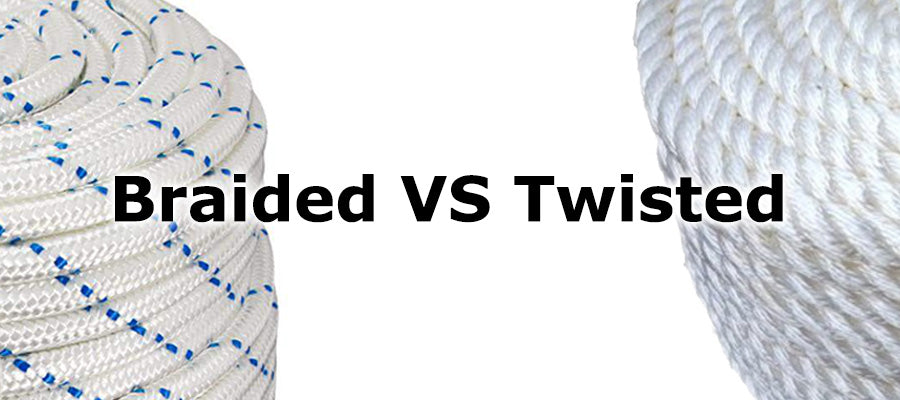
In North America, almost all anchoring ropes are made of Nylon. This is for a number of reasons including its strength and elasticity. After this common factor, you're likely to see two common types of rope: braided and twisted.
There's a number of differences between braided rope and twisted rope, most of which are covered in this article. However, here's the low-down in a couple of sentences:
Braided rope is stronger and is nicer on the hands than twisted rope, but it's a pain to splice yourself. This means if you're using a windlass and chain, and you are doing your own splicing, you'll probably need to use twisted rope. If you're not using a windlass, go with braided rope.
Simple, non? :)
Published
Recent Posts
Windlass Problems? Common Issues and How to Fix Them
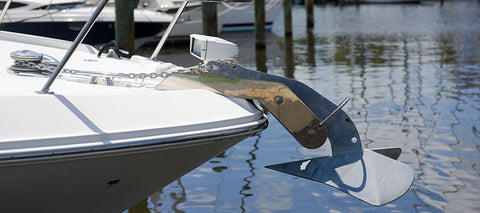
Let's look at common issues with windlasses and how to address them:
1) Windlass Won’t Run in Either Direction
2) Solenoid Clicks, but Windlass Won’t Move
3) Windlass Lacks Power to Haul the Anchor
4) Rode Gets Jammed or Doesn’t Come In
Our history: a 20 year journey
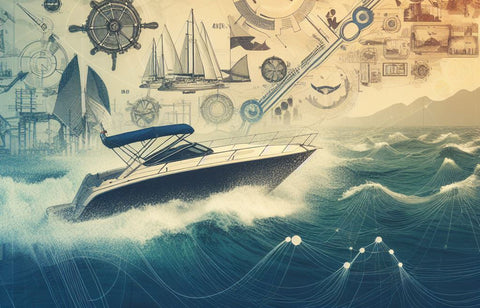
Boat Cleaning Tips for Anglers: Keeping Your Vessel Spotless and Pristine
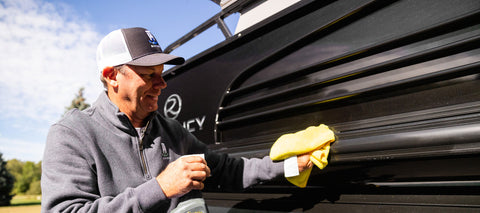
Avast, Ye Mariners! Master the Art of Docking: A Swashbuckling Guide for Boaters
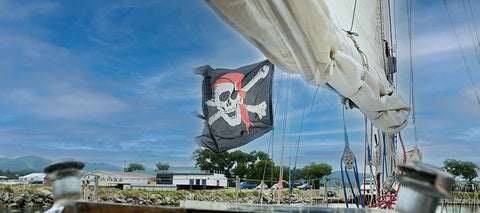
Top Reasons to Keep a Boating Maintenance Log
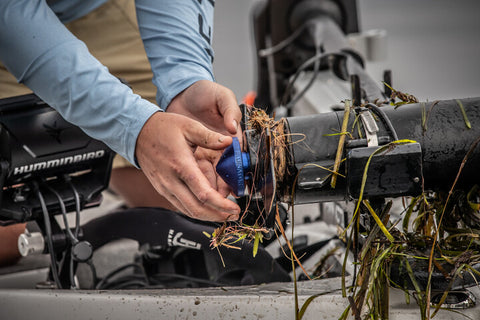
4 Top Tips for Buying a New-to-you Used Boat
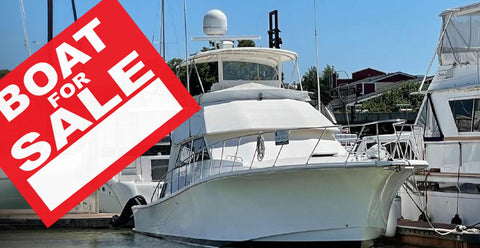
Bent Boat Anchor Shank: Common Causes and Prevention Tips
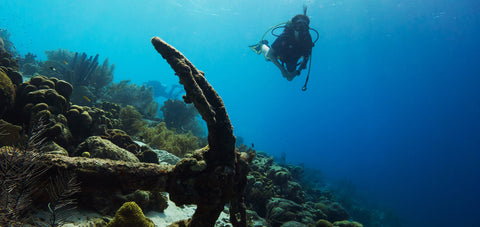
Prepare Your Boat For An Above Average Hurricane Season
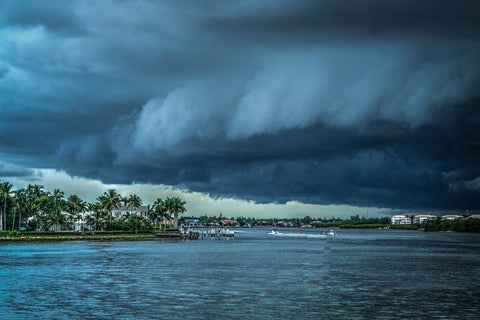
Best Methods For Anchoring Your Jet Ski in Deep or Shallow Water
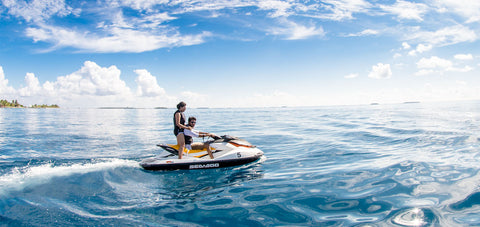
Best Options For Connecting Your Boat To WiFi Internet
